Out Now
The Infrastructure Issue
Current Issue
The Infrastructure Issue
JUN - JUL 2025

Think you’ve heard them all? Here’s a story about changing a lightbulb, that’s changed the whole lighting industry.
So just how much has lighting changed over time?
For years, lighting has been just that. Lighting. Illumination. Luminescence. Pretty simple.
But in recent years, lighting has taken on a whole new meaning, as new products hit the market and the function of lighting changes.
The illumination itself is merely one element of the system – lighting can also act as the infrastructure supporting new services and products that can benefit our lives.
“Our whole strategy is called ‘Beyond Light’,” says Lydell Stokes, General Manager of Future Markets at Pierlite.
“That means we’re looking for complementary solutions that work with – and are adjacent to – a lighting solution, and we use lighting as the infrastructure for other services.”
An example of this ingenuity is Pierlite’s Aether air sanitisation system, developed in response to the global pandemic.
“Why did we develop this fitting as a light fitting?” asks Lydell.
“Well, lighting is what we do; it’s core to our business, but we’ve invested significantly in answering the question of: what value do our customers and society need beyond simply providing lighting?
“Our strategy has a really heavy focus on safer spaces and wellbeing, and this is a core part of our quite comprehensive portfolio of product, IoT-enabled technology and services
offerings.
“It’s low impact, it’s unobtrusive. Very different from non-UVC floor standing air filters that just move air around. Most people don’t even notice them in the ceiling because they’re really low glare, and the hard work is done in the ceiling cavity. Unless you’re standing under it, you wouldn’t even think the light’s on, even though it’s providing great light. It’s a really high-quality luminaire that inactivates COVID-19 and influenza, kills bacteria and provides a clean air environment.”
With an ever-increasing focus on the health and safety of people in commercial and residential buildings, this type of lighting technology is certainly tapping into a need that exists today.
But it’s far from the only innovative lighting product on the market.
The impact of blue light is something that we’ve become increasingly aware of, thanks to numerous studies into its effect on our well-being.
As part of its focus on delivering human- centric lighting solutions, LEDVANCE’s LED luminaires are becoming a bit more human-friendly by reducing exposure to blue light.
“In partnership with our parent company, we’ve developed LED chips for our lighting with much, much lower blue light,” explains Craig Hewitt, Managing Director of LEDVANCE.
“People think that by getting warmer colour temperatures, you get less blue light, which is not true. Blue light is present in all colour temperatures of lighting, so you have to have a special chip to take out the blue light.”
The TruWave range from LEDVANCE helps reduce blue light in LED lighting, which has been shown by numerous studies to impact circadian rhythms, melatonin creation and consequential sleep, which in turn can increase the risk of depression, diabetes, heart disease, cancer, obesity and
cardiovascular problems.
Research also suggests it could increase the risk of retina disease, macular degeneration.
Screen time is a big issue because of blue light, says Craig.
“TVs, tablets and phones are a big issue because of blue light, but what people forget is there’s a lot of blue light coming out of LED lamps and luminaires in their homes and in their offices.”
Another lighting-related development at Pierlite has come from the desire for businesses to create safe working environments, with full environmental sensors helping companies monitor the flow of people within a building.
“We’ve got people track and trace, which is all anonymised, and we’re able to measure 20 different data points out of this little sensor, including air quality, airflow, temperature, humidity and occupancy.
“We can actually start to provide that information to the occupants of the building – and that’s really just starting to scratch the surface about what we can do with that data.”
Of course, this is only an insight into the innovative work that’s going on in the industry, but the potential for lighting to impact people’s lives is significant.
Whereas a few years ago, we were focused on how lighting was hooked up to the Internet of Things and controllable from your smartphone, the reality is that people don’t tend to want to control lighting from their phones.
Craig says the future of smart lighting is significantly different.
“We’ll be working on products that provide a better living and working environment. It will be smart, and it’ll know the time of day, so instead of just switching the lights on and off and dimming them up or down, it’ll create the colour temperature mood for the time of day. It’ll be human-centric in the house.”
At Pierlite, it’s not just in the home or office environment that lighting is changing things.
“Now, as part of Signify, we have a truly amazing range of exciting technology that is simple to use for the business or residential client.
“In addition to our existing and proven Interact, WiZ and Hue offers that enable pre-emptive HCL, IoT integration, sensing and mood adaptive experiences, including, for example, connection to your music, we’ve got a whole solution for agriculture and aquaculture lighting,” says Lydell.
“Simply put, these have lighting recipes to help crops and fish grow more effectively. In an indoor space, you can get eight times the crop yield, and the fish are more relaxed and require less feed, providing better quality and yield.”
See. You’d never heard that one before, had you?
Keep up to date with our latest news and competitions by subscribing to our regular newsletter.

Issue 183
OCT - NOV 2024

Issue 182
AUG - SEPT 2024

Issue 181
JUN - JUL 2024

Issue 180
APR - MAY 2024

Issue 179
FEB - MARCH 2024

Issue 178
DEC 2023 - JAN 2024

Issue 177
OCT - NOV 2023

Issue 176
AUG - SEPT 2023

Issue 175
JUN - JUL 2023
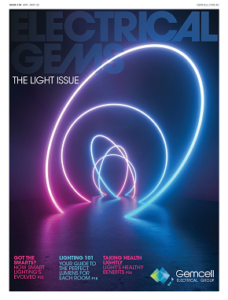
Issue 174
APR - MAY 2023

Issue 173
FEB - MAR 2023

Issue 172
DEC 2022 - JAN 2023

Issue 171
OCT - NOV 2022
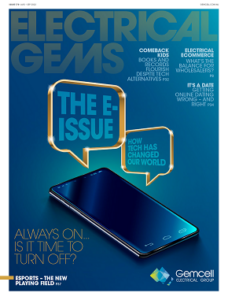
Issue 170
AUG - SEPT 2022

Issue 169
JUN - JUL 2022

Issue 168
APR - MAY 2022

Issue 167
FEB - MAR 2022

Issue 166
DEC 2021 - JAN 2022
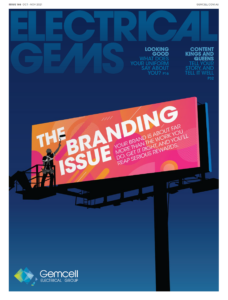
Issue 165
OCT - NOV 2021

Issue 164
AUG - SEPT 2021

Issue 163
JUN - JUL 2021
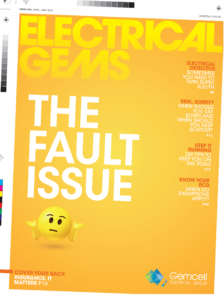
Issue 162
APR - MAY 2021

Issue 161
FEB - MAR 2021

Issue 160
DEC 2020 - JAN 2021
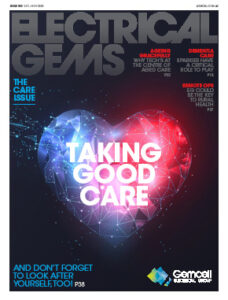
Issue 159
OCT - NOV 2020

Issue 158
AUG - SEPT 2020

Issue 157
JUN - JUL 2022

Issue 156
APR - MAY 2020

Issue 155
FEB - MAR 2020

Issue 154
DEC 2019 - JAN 2020

Issue 153
OCT - NOV 2019

Issue 152
AUG - SEPT 2019

Issue 151
JUN - JUL 2019

Issue 150
APR - MAY 2019

Issue 149
FEB - MAR 2019

Issue 148
DEC 2018 - JAN 2019

Issue 147
OCT - NOV 2018

Issue 146
AUG - SEPT 2018

Issue 145
JUN - JUL 2018

Issue 144
APR - MAY 2018

Issue 143
FEB - MAR 2018

Issue 142
DEC 2016 - JAN 2017

Issue 141
OCT- NOV 2017

Issue 140
AUG - SEPT 2017

Issue 139
JUN - JUL 2017

Issue 138
APR - MAY 2017

Issue 137
FEB - MAR 2017

Issue 136
DEC 2016 - JAN 2017

Issue 135
OCT - NOV 2017

Issue 134
AUG - SEPT 2016

Issue 133
JUN - JUL 2016

Issue 132
APR - MAY 2016
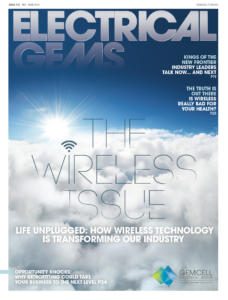
Issue 131
FEB - MAR 2016

Issue 130
DEC 2015 - JAN 2016
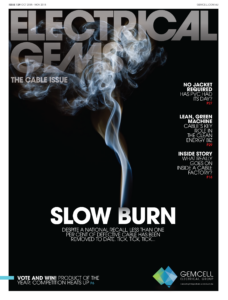
Issue 129
OCT - NOV 2015

Issue 128
AUG - SEPT 2015

Issue 127
JUN - JUL 2015

Issue 125
APR - MAY 2015

Issue 125
FEB - MAR 2015

Issue 124
DEC 2014 - JAN 2015

Issue 123
OCT - NOV 2014

Issue 122
AUG - SEPT 2014

Issue 121
JUN - JUL 2014

Issue 120
APR - MAY 2014
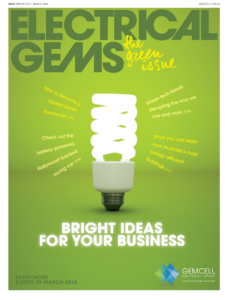
Issue 119
FEB - MAR 2014

Issue 118
DEC 2013 - JAN 2014

Issue 117
OCT - NOV 2013

Issue 116
AUG - SEPT 2013

Comments (0)
Write a Comment